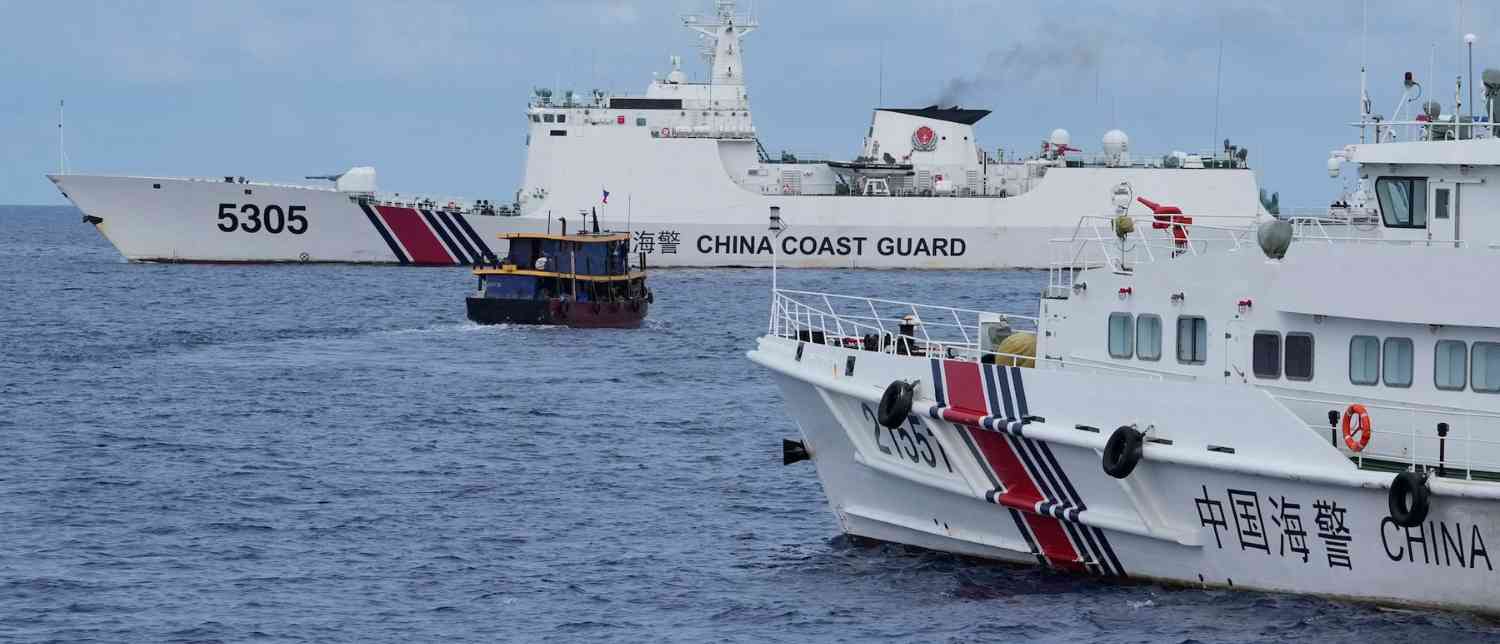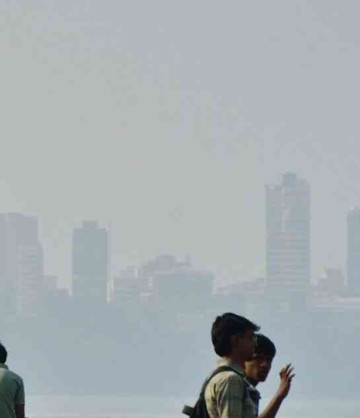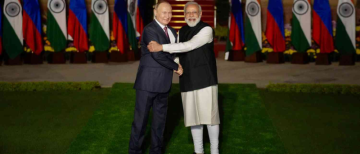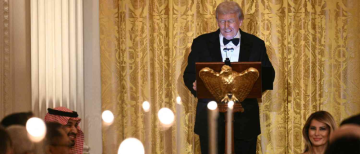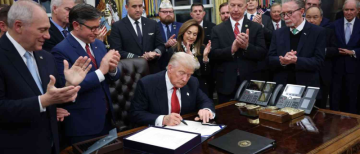Tensions between Australia and China have reignited after a heated confrontation in the South China Sea, with Canberra accusing Beijing’s military of executing unsafe aerial maneuvers against an Australian patrol jet. The latest incident — involving flares dropped dangerously close to an Australian surveillance aircraft — has sparked a diplomatic row, deepening regional unease over military assertiveness in one of the world’s most contested maritime zones.
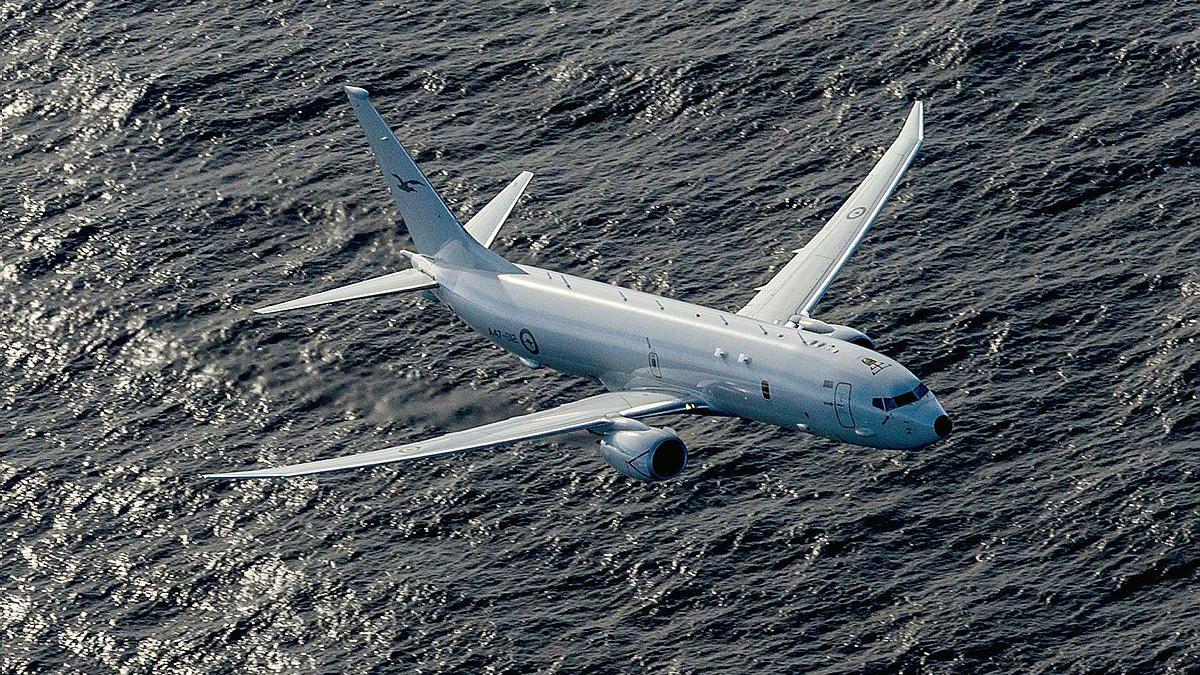
Australia Accuses China of “Unsafe” Mid-Air Conduct
The Australian government on Monday lodged a formal diplomatic protest with Beijing, following what it described as an “unsafe and unprofessional” encounter between military aircraft over the South China Sea. According to Australian Defence Minister Richard Marles, the incident occurred when a Chinese fighter jet released flares in close proximity to a Royal Australian Air Force (RAAF) P-8A Poseidon surveillance plane.
The Poseidon was reportedly conducting a routine patrol operation in international airspace when the Chinese aircraft executed its aggressive maneuver. Although no crew members were injured and the aircraft remained intact, Canberra has taken the episode seriously, viewing it as part of a broader pattern of coercive Chinese military behavior in the region.
Marles described the incident as “unsafe and unprofessional,” emphasizing that the release of flares so close to another aircraft could have easily endangered lives. “The Australian government is making this incident public deliberately,” Marles told ABC News, underscoring that transparency is central to Australia’s strategy of pushing back against dangerous or escalatory Chinese military conduct.
He explained that publicizing such events is meant to “send a clear message” that reckless behavior in international airspace or waters will not be tolerated. “We believe it is important to signal that these actions are unacceptable,” the Defence Minister added.
Beijing Retaliates: China Accuses Australia of Intrusion and Provocation
Beijing swiftly rejected Australia’s version of events and issued its own counter-accusation. On the same day Canberra filed its diplomatic protest, China’s military alleged that the Australian aircraft had illegally entered Chinese airspace near the Paracel Islands — known in China as the Xisha Islands — a group of territories claimed by China, Vietnam, and Taiwan.
According to a statement from the Chinese Defence Ministry, Australia’s patrol plane was conducting “infringing and provocative activities”, forcing the Chinese fighter jet to take “necessary and lawful defensive measures.”
China’s defence spokesperson Jiang Bin condemned Australia’s statements as an attempt to “shift blame” and “cover up its own wrongdoing.” He claimed that Beijing’s response was restrained and justified, saying the Chinese jet acted responsibly to safeguard China’s national sovereignty and security.
“The Australian side should immediately cease infringing, provocative, and hype-mongering actions,” Jiang said, warning that China would “continue to take all necessary measures” to protect its territorial integrity.
Beijing further accused Canberra of using the incident to “deliberately stir tensions” in the South China Sea and to “maliciously portray China as a threat.”
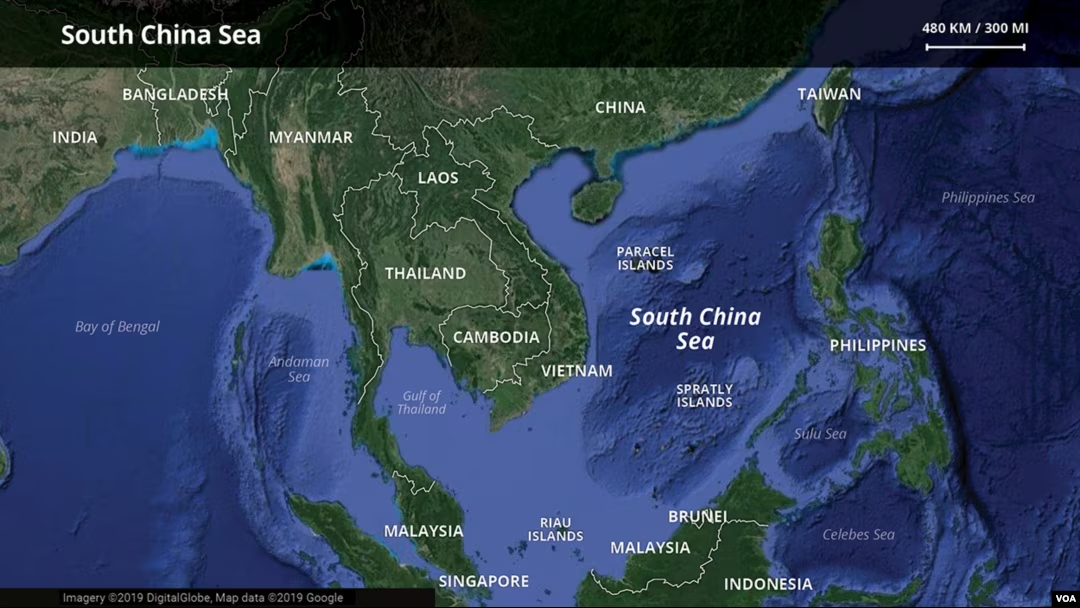
The South China Sea: A Flashpoint for Global Tensions
The confrontation between the two nations adds to a growing list of military encounters in the South China Sea, one of the world’s most critical — and contested — maritime corridors. The region, rich in natural resources and vital for global trade, has long been a flashpoint involving overlapping territorial claims by China, Vietnam, the Philippines, Malaysia, Brunei, and Taiwan.
Beijing claims nearly the entire sea under its so-called “nine-dash line,” a boundary rejected by an international arbitration tribunal in 2016. Nonetheless, China has continued to build military outposts and fortify artificial islands, expanding its presence across disputed waters.
Australia, along with allies such as the United States, Japan, and Canada, has regularly conducted “freedom of navigation” and surveillance patrols in these waters — operations that Beijing views as deliberate provocations. Canberra insists, however, that such missions are lawful under international maritime law, particularly the United Nations Convention on the Law of the Sea (UNCLOS).
A History of Escalating Confrontations
The latest episode comes just weeks after another tense moment in the Indo-Pacific, when a Canadian frigate and an Australian destroyer jointly transited the Taiwan Strait, a narrow waterway separating Taiwan from mainland China. The transit, carried out in what both countries described as a demonstration of commitment to a free and open Indo-Pacific, drew strong protests from Beijing.
China’s state-run newspaper Global Times reported that the passage of the Canadian and Australian warships “sent wrong signals and heightened security risks” in the region. The report quoted Senior Colonel Shi Yi, spokesperson for the People’s Liberation Army (PLA) Eastern Theater Command, asserting that Chinese forces “remain on high alert at all times” and will “resolutely safeguard national sovereignty, security, and regional peace and stability.”
These statements underscore China’s increasing determination to counter what it sees as Western encroachment near its periphery — a stance that has brought it into repeated confrontation with U.S., Canadian, and Australian forces in the past year alone.
Competing Narratives and Diplomatic Fallout
The latest standoff highlights the deepening mistrust between Canberra and Beijing, whose relations have seesawed between cautious cooperation and open hostility over the past decade.
From Canberra’s perspective, its military patrols are routine operations aimed at ensuring that international laws governing open seas and skies are respected. Australian officials maintain that the P-8 Poseidon was flying in international airspace, far from any nation’s sovereign territory, when the Chinese jet released its flares.
China, however, insists that the encounter took place within its sovereign airspace over the Paracel Islands. The competing claims have made it difficult to establish a neutral version of events, with each side accusing the other of reckless provocation.
Following the incident, Australia’s Department of Defence reaffirmed that the ADF (Australian Defence Force) operates with the highest safety standards, while adhering to international norms. Canberra emphasized that it expects the same professionalism from other militaries operating in shared spaces.
Meanwhile, Chinese officials have intensified their rhetoric, painting Australia as part of a Western coalition seeking to contain China’s rise. Beijing’s statements portray Canberra’s patrols as an extension of the U.S.-led Indo-Pacific strategy, which China views as hostile to its national interests.
A Broader Pattern of Risky Encounters
The confrontation fits into a broader pattern of dangerous military interactions between China and Western forces across the Indo-Pacific.
In recent years, Western militaries have reported several similar encounters involving Chinese aircraft and ships performing unsafe maneuvers — including close fly-bys, laser pointing, and chaff or flare releases.
In 2022, an incident involving another Australian P-8A Poseidon drew global attention after it was allegedly targeted with radar and chaff by a Chinese fighter jet over the same region. The metallic fragments were said to have entered the aircraft’s engines, posing a serious safety risk.
Such episodes, military analysts warn, increase the likelihood of accidental escalation or even mid-air collisions, reminiscent of the 2001 collision between a U.S. Navy EP-3 reconnaissance plane and a Chinese fighter jet near Hainan Island — an event that triggered a diplomatic crisis between Washington and Beijing.
Regional and Global Implications
The South China Sea remains a testing ground for power projection, where regional and extra-regional powers continually measure each other’s resolve. For Australia, the incident highlights its growing role as a security partner in the Indo-Pacific, especially amid its alignment with the AUKUS security pact with the United States and the United Kingdom.
For China, the episode serves as another opportunity to demonstrate its firm stance on territorial sovereignty — a cornerstone of President Xi Jinping’s foreign policy. By asserting control over disputed zones, Beijing aims to deter perceived foreign interference and solidify its claims.
However, the continued cycle of provocation and counteraccusation risks destabilizing the already tense region. Experts warn that without clear communication channels and mutual restraint, such confrontations could spiral into more dangerous incidents.
Calls for Restraint and Transparency
As both sides dig in, international observers have urged calm and de-escalation. Analysts stress that transparent communication between regional militaries is essential to prevent misunderstandings and maintain stability.
Defence Minister Marles reiterated that Australia will continue to operate lawfully and safely wherever international law allows. “We will not be deterred from conducting routine patrols,” he said, adding that Australia remains committed to upholding peace, stability, and the rules-based international order.
China, on the other hand, maintains that foreign militaries should respect its sovereignty and refrain from what it calls “provocative actions.”
With the two countries holding firm to opposing narratives, the incident underscores how the South China Sea remains one of the world’s most volatile geopolitical flashpoints — a space where even a brief military encounter can ignite a diplomatic firestorm.
With inputs from agencies
Image Source: Multiple agencies
© Copyright 2025. All Rights Reserved. Powered by Vygr Media.

